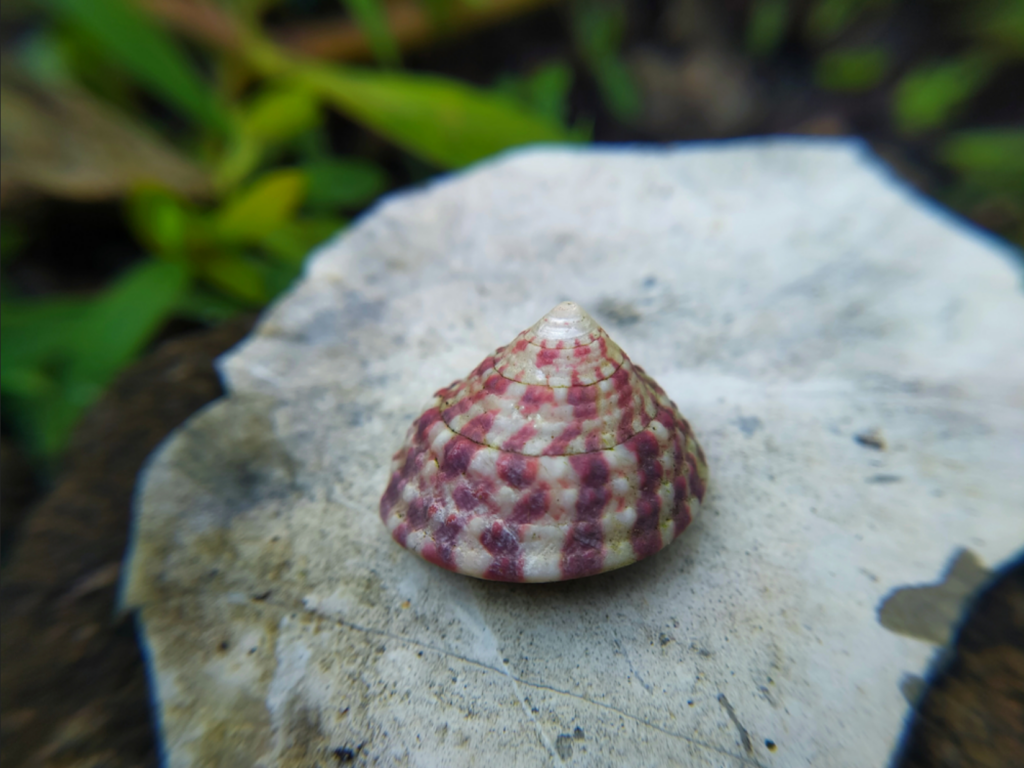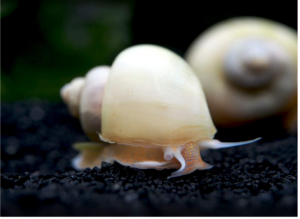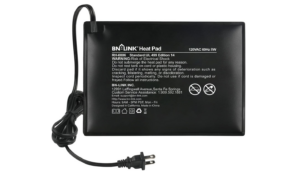Aquarists consider several factors when choosing snails, conducting a cost-benefit analysis of sorts. One crucial factor is the snail’s ability to contribute to the cleanliness of the aquarium. Given the delicate nature of tank ecosystems, many aquarists prefer snails that can effectively clean up the environment. So, which snails stand out as the best options for aquarium cleanup?
The best snails for cleanup crew include Nassarius, Nerite, Trochus, Smooth Moon Turbo, and Cerith snails. Renowned for their algae appetite, these species ensure spotless tank walls and rocks and effectively clear organic detritus, making them top choices for aquarium maintenance.
In the rest of this article, I will explore in depth the best snails for cleanup crew. I’ll first address the importance of tank cleanliness, followed by a detailed discussion on the top snail species for maintaining tank hygiene. This will enhance your understanding of aquarium upkeep and the unique roles of different snail species.
Why Is Tank Cleanup Important?
Maintaining tank cleanliness is essential for a healthy ecosystem. Tank inhabitants produce waste, which can deteriorate water quality and upset the balance of parameters.
The following factors are known to release ammonia:
- Decomposing organic waste, such as pet excrement.
- Uneaten food.
- Deceased inhabitants.
This ammonia not only alters the water’s pH but also generates a toxic environment for both fauna and flora. Furthermore, excessive ammonia promotes algal blooms, uncontrolled algae growths that consume significant amounts of oxygen, creating ‘dead spots.’
A dirty tank also reduces visibility. These factors underscore the importance of maintaining a clean tank. Regularly monitoring your water quality is paramount.
A reliable method is using the SaySummer 7-Way Aquarium Test Strips, which measures pH, alkalinity, nitrite, nitrate, chlorine, carbonate, and hardness. The kit, which also includes a thermometer for temperature monitoring, offers ease of use, accuracy, and immediate results, thereby facilitating better tracking of tank water parameters. Any deviation from the normal range should be corrected promptly to avoid causing stress to your aquatic pets.
- 𝟕-𝐢𝐧-𝟏 𝐀𝐪𝐮𝐚𝐫𝐢𝐮𝐦 𝐖𝐚𝐭𝐞𝐫 𝐓𝐞𝐬𝐭 𝐊𝐢𝐭: Total hardness (GH), Nitrate (NO3), Nitrite (NO2), Chlorine (Cl2), Total Alkalinity, Carbonate (KH), pH. We test the seven most important parameters to ensure a healthy environment for your fish and provide you with valuable guidance on maintaining their well-being.
Snails, often referred to as the cleanup crew, are instrumental in maintaining water quality as they feed on detritus and algae. A frequently asked question is whether snails release waste into the tank as they eat and clear detritus.
While snails excrete waste, the volume is significantly less than what they consume. Additionally, some tank inhabitants, like isopods and shrimp, consume snail waste, thus reducing the overall waste and ammonia levels.
Recommended Reading: Best Isopods for Snails
The residual ammonia serves as food for nitrifying bacteria and algae, which, due to its controlled amount, results in balanced algae growth. Therefore, it’s beneficial to select snails known for their voracious appetite for both detritus and algae.
5 Best Snails for Cleanup Crew





Before delving into the specifics of individual snail species, it’s important to note that there isn’t a single ‘best’ species. Different species excel in unique niches, so incorporating a variety of species can ensure a comprehensive clean-up crew.
So, who are the best snails for cleanup crew?
Nassarius Snails (Nassarius sp)
Commonly known as the Zombie snail, the Nassarius snail is a saltwater species that requires minimal care. Renowned for their scavenging and sand-sifting abilities, Nassarius snails are proficient omnivores.
As burrowing creatures, they spend considerable time buried in the sand, with only their siphon visible above the substrate, making them unsuitable for bare-bottom tanks. However, this burrowing behavior promotes tank aeration.
Recommended Reading: Best Snails for Bare Bottom Tanks
Another advantage of these snails is their ability to tolerate various tank conditions. Despite their small size, nassarius snails boast a robust appetite and are not finicky eaters.
Moreover, this species doesn’t reproduce rapidly, thus preventing them from becoming a nuisance in your tank.
Nerite Snails (Vittina natalensis)
Nerite snails stand out as a unique species, capable of thriving in fresh and saltwater environments. You can acclimatize them to saltwater by gradually mixing it with fresh water. In no time, they’ll adapt to the saline conditions.
Notably, these snails breed in brackish water, naturally enabling them to adapt to fresh and saline environments. The versatility of Nerite snails, in terms of their diet, makes them excellent for tank clean-up; they feed on virtually anything organic, including:
- Algae
- Biofilm
- Bacteria
- Food remnants
- Deceased tankmates
Nerites have a particular liking for scrubbing tank walls, ensuring that with a few of them in your aquarium, the walls remain pristine. Moreover, these snails are reef-safe and will not damage your corals.
Trochus Snails (Trochus maculatus/ Trochus niloticus)
The Trochus snail, a tropical marine species, boasts an appealing shell with significant commercial value. Due to their captivating colors, their shells are often utilized to create mother-of-pearl buttons and other ornamental crafts.
An interesting behavior of Trochus snails is their predominantly herbivorous diet. Yet, their substantial appetite makes them perfect for eliminating algae and plant waste in aquariums. They also enjoy fish food and are proficient in maintaining a clean tank environment.
Trochus snails excel in cleaning tank walls and rocks but tend to avoid sand, making them an ideal choice for bare-bottom tank cleaning.
Smooth Moon Turbo Snails (Lunella cinerea)
While any Turbo snail species can contribute significantly to your tank’s cleanliness, the Smooth Moon Turbo snail stands out due to its insatiable appetite for algae. This species efficiently consumes hair algae, film algae, and even some types of complex turf algae, ensuring your rock surfaces and tank walls are immaculate.
Being a medium-sized snail at approximately 2 inches (5 cm), the Smooth Moon Turbo snail can consume a substantial amount of food. Additionally, this is a peaceful species that cohabitates harmoniously with any non-aggressive fish or snail.
Cerithium Snails (Cerithium caeruleum)
Recognized as one of the most resilient snail species in marine tanks, Cerithium snails can be easily identified by their slender, spiral-shaped shells, resembling spiral staircases and available in either black or tan.
These snails, typically less than an inch (2.5 cm) in size, are considered a small species. Their remarkable appetite for algae and cyanobacteria and their burrowing nature make them an ideal addition to a reef tank cleanup crew.
While stirring and sifting sand, they efficiently consume algae, cyanobacteria, leftover food, and plant matter from the tank floor.
Closing Remarks
In selecting snails for your tank cleanup crew, prioritize species that relentlessly tackle algae. Unchecked algal blooms can become a nuisance in your reef tank. The best snails for cleanup crew should also exhibit a generalist nature, capable of clearing detritus from your tank.
The five snail species discussed above perfectly fit the profile of efficient tank cleaners. Consider these species for a pristine aquarium.




